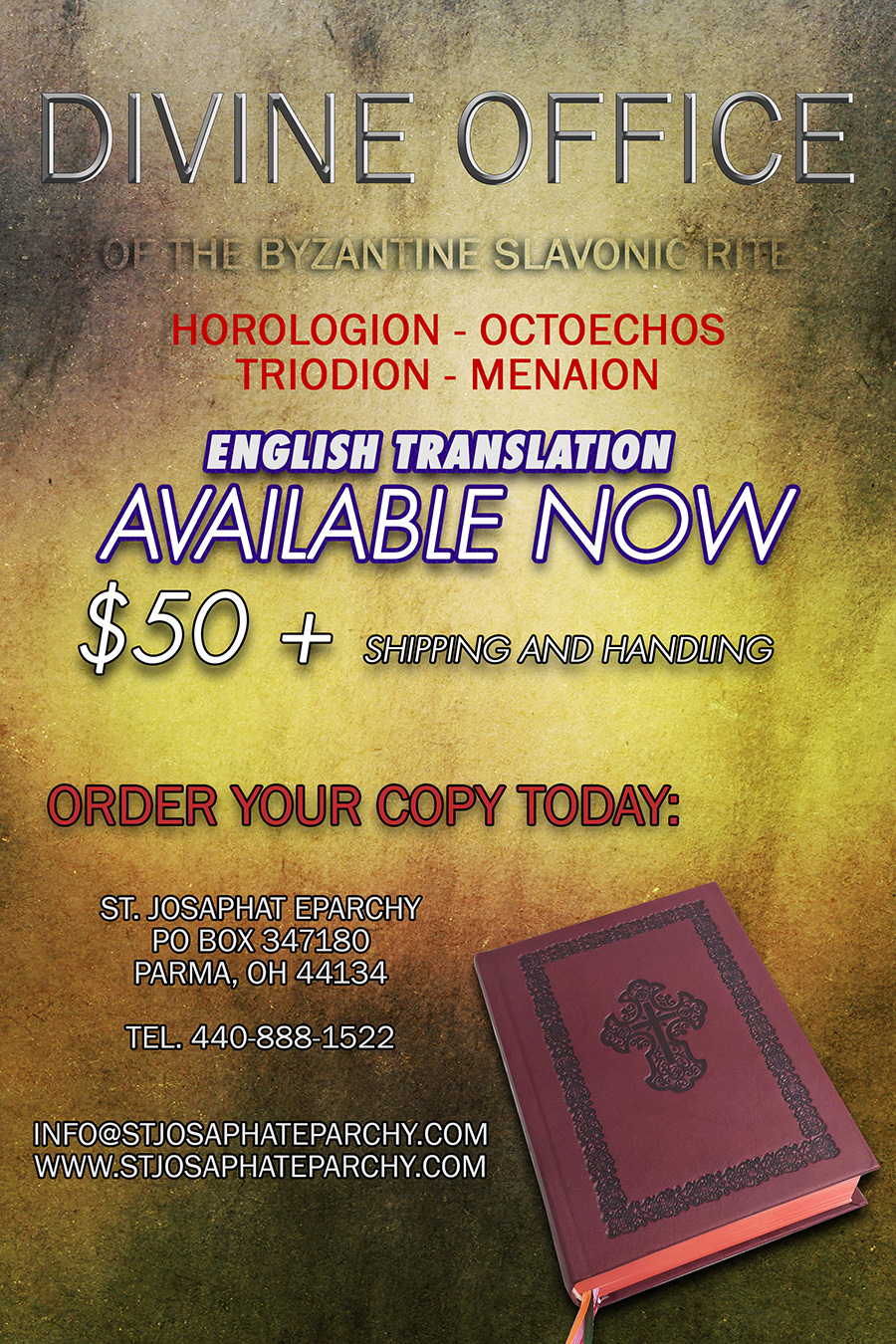

Night Prayer, also known as Compline, offered just before bedtime.Evening Prayer, also known as Vespers, prayed in the early evening.Daytime Prayer, prayed sometime between mid-morning and mid-afternoon.Morning Prayer, also known as Lauds, prayed first thing in the morning.The Liturgy of the Hours is composed of five major “hours” or times of prayer: So, you’re entering into this same tradition of prayer shared by the greatest men and women in Christian history. And, of course, this is how Mary, Joseph, and Jesus prayed too. Saints up and down the centuries have prayed the Psalms each day, including John Paul II, Pier Giorgio Frassati, Thérèse of Lisieux, Thomas Aquinas, Augustine, Benedict, and the first Apostles. It does this by bathing the morning, afternoon, and evening in prayer, so that “the whole course of the day and night is made holy by the praises of God.”

Its purpose is to sanctify the day and the whole range of human activity. It is a liturgy because, like the Mass and other sacraments, it is a public prayer of the Church, Christ’s Mystical Body, as distinct from private devotions such as the Rosary, novenas, or personal prayer. By the medieval period, monks chanted the entire Psalter, all 150 Psalms, throughout each week, and sometimes in a single day!Įventually, this form of prayer became known as the Liturgy of the Hours, also called the Divine Office. It hearkens back to the Jewish custom of praying at fixed hours, a practice early Christians continued. The Liturgy of the Hours is an ancient, structured way of praying Scripture throughout the day, focusing especially on the Psalms. A brief introduction to this ancient prayer of the Church.


 0 kommentar(er)
0 kommentar(er)
